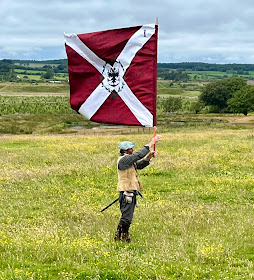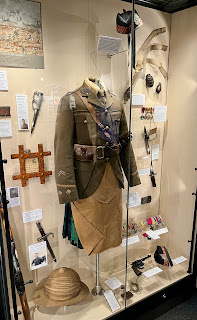This book by Djordje Nikolić and Ognjan Petrović covers the Royal Yugoslav Air Force at war in 1941. While I can struggle with books on air warfare, this was a no-brainer purchase for me.
The Royal Yugoslav Air Force (RYAF) (Vazduhoplovstvo Vojske Kraljevine Jugoslavije) was the air force of the Kingdom of Yugoslavia from its establishment in 1918 until the Axis invasion of Yugoslavia in April 1941. From modest beginnings, the RYAF expanded and modernised its fleet with aircraft from various countries, including France, Germany, and the UK. Significant efforts were made to develop the domestic aviation industry, producing Yugoslav-designed aircraft like the Ikarus IK-2 and the Rogozarski IK-3.
By the outbreak of World War II, the RYAF had a diverse fleet, including modern fighters such as the Hawker Hurricane, Messerschmitt Bf 109, and Dornier Do 17 bombers. It played a defensive role during the Axis invasion in April 1941, but it was quickly overwhelmed by the superior numbers and tactics of the German Luftwaffe.
The introductory chapters describe the RYAF's history and expansion and provide a detailed order of battle.
The fighting in 1941 is covered chronologically, with each day diaried as bullet points. A bit different, but it helps differentiate between the different sectors. The main battle over Belgrade, the defence of the airfields (Zemun, Kraljevo, and Nis) and the later actions in the south. The bombing of Belgrade by the German Luftwaffe was the most significant event during the invasion. The Luftwaffe launched a massive aerial assault on the capital, causing extensive damage and civilian casualties. The RYAF attempted to intercept and repel the German bombers. Despite their efforts, the RYAF was overwhelmed by the sheer number of enemy aircraft and the Luftwaffe's advanced tactics.
Finally, each aircraft type is covered, along with a fine collection of photos, most of which I haven't seen before. This is not just a technical description; the authors cover some of the actions they fought in. The Yugoslav types are particularly interesting, as are the 73 ME109s that ended up fighting against the Germans.
Even after the airfields were lost, some 30,000 men from all aspects of the air force arrived in Sarajevo on 12 and 13 April, where they formed three infantry battalions to defend the city. The majority of them ended up in captivity after the fall of Sarajevo on the 15th. Many RYAF personnel continued to fight with the Allies, particularly in the Middle East and later in the Soviet Union and Italy.
This isn't the first book on this air war. Christopher Shores' 1987 book covers the whole Balkan campaign. However, this book drills into the RYAF and is an excellent addition to our knowledge of the conflict.
I don't have any immediate plans to add the RYAF to my Blood Red Skies squadrons. But a plane or two to support my 28mm Yugoslav army of the period is a possibility.

















.jpg)































